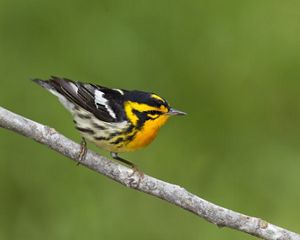An Outdoor Adventure in New York for Everyone
Discover accessible trails in New York State.
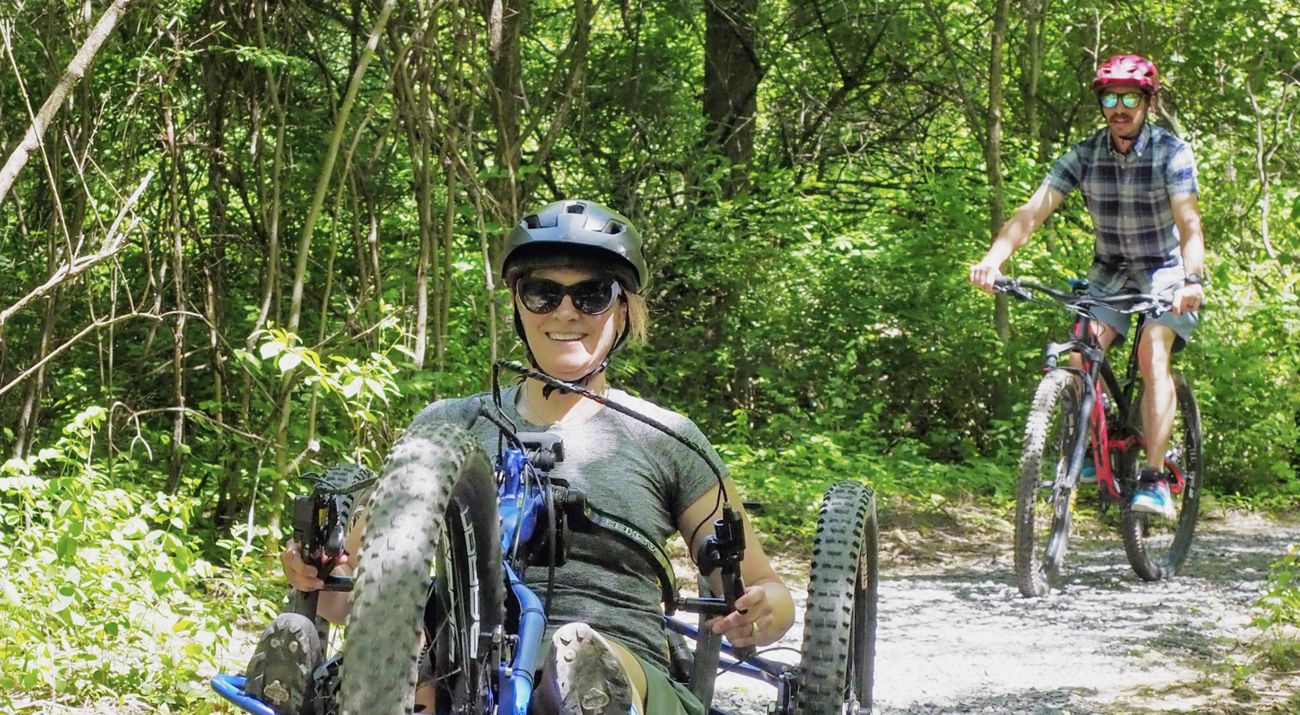
Imagine a sun-dappled trail winding through lush, old-growth forest and wetlands, with birds serenading you from the treetops and the earthy scent of leaves and bark in the air. Now, imagine this experience from a different perspective—whether from a wheelchair, while pushing a stroller, or as someone who has not always felt welcome in the outdoors.
Here in New York and around the country, The Nature Conservancy is working to make nature more accessible to everyone.
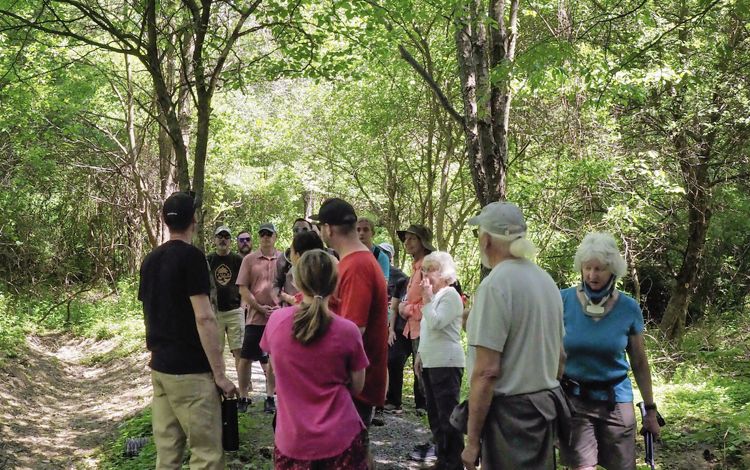
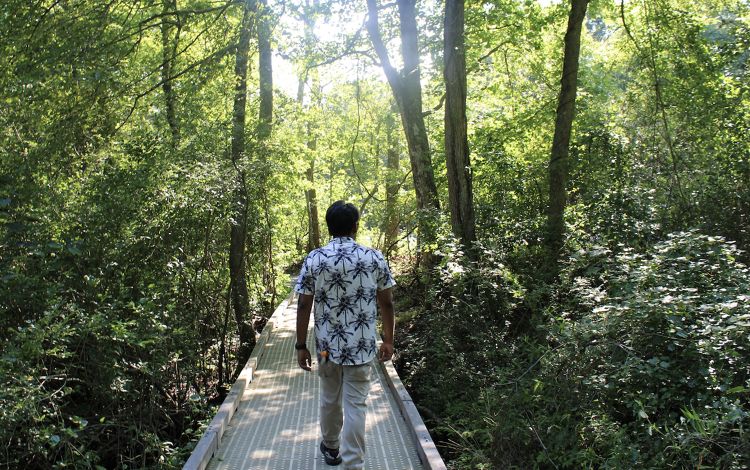
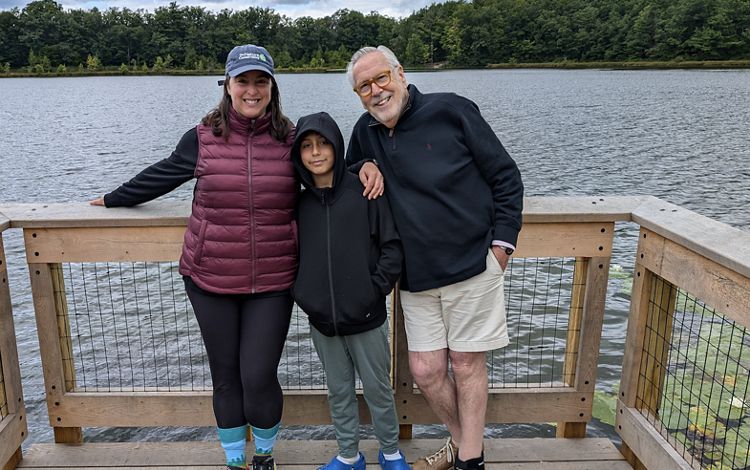
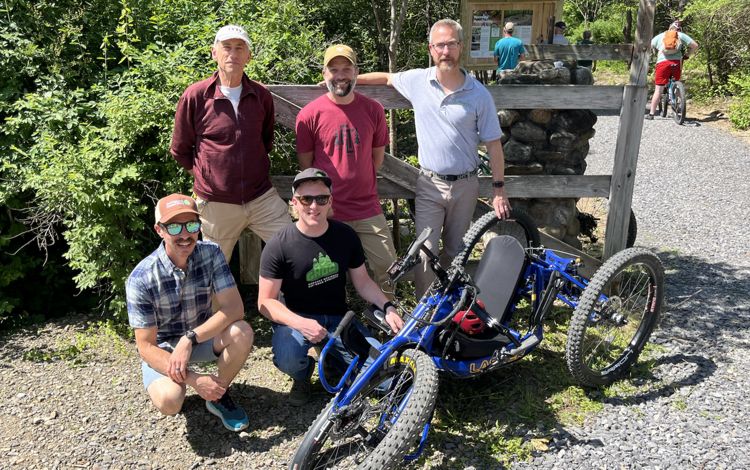
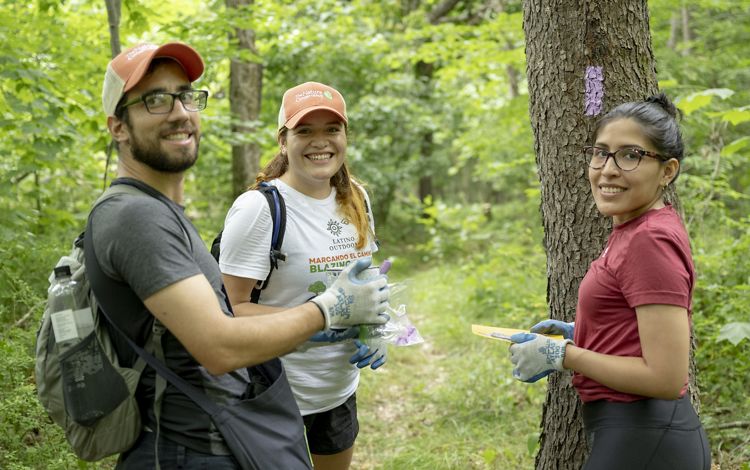
Building A Better Experience
“When people think of the word accessibility, their minds might go immediately to things like wheelchair access,” says Kate Berdan, a Nature Conservancy stewardship manager who oversees the accessible preserves program in New York. “That’s an essential part of accessibility, but there are other changes that can make an adventure in the woods more welcoming, too.”
Currently, The Nature Conservancy has five preserves across New York with ADA-compliant parking lots and universal access trails designed for wheelchair users, stroller users, and other visitors with mobility challenges. Other preserves offer accessible biking trails and programs that help tackle barriers that might prevent people from visiting our preserves in the first place.
In a survey commissioned by The Nature Conservancy, respondents who self-reported having spent no or limited time in nature also cited obstacles such as lack of transportation, concerns about safety, and unfamiliarity or low confidence with trail markers and maps.
Some of the changes The Nature Conservancy is implementing at New York preserves in response include improved trail markers and high contrast signage for people with visual disabilities, programs to help provide transportation, and a wider range of outdoor experiences like adaptive mountain biking. The Nature Conservancy also collaborates with organizations such as Latino Outdoors, Hunters of Color and Outdoor Afro, who are leaders in tackling inequities in access to nature, to co-organize events that help more people feel safe and welcome in the outdoors. “By doing so, we are hoping to build community, better meet community needs and expand our own perspective,” says Berdan.
Quote: Kate Berdan
Accessibility is sometimes viewed as a specialized concern that benefits only a small group. However, by providing access for those with the least access, you enhance everyone’s experience. Plus, the more people get involved in nature, the more caretakers we have for the future.
We invite you to explore our work on equitable access by visiting one of these preserves. All are free to visit and open year-round from dawn to dusk. For seasonal closures, directions, trail maps to download before your visit, and other information, visit the preserve’s web page.
Wheelchair-Accessible Trails and ADA-Compliant Parking
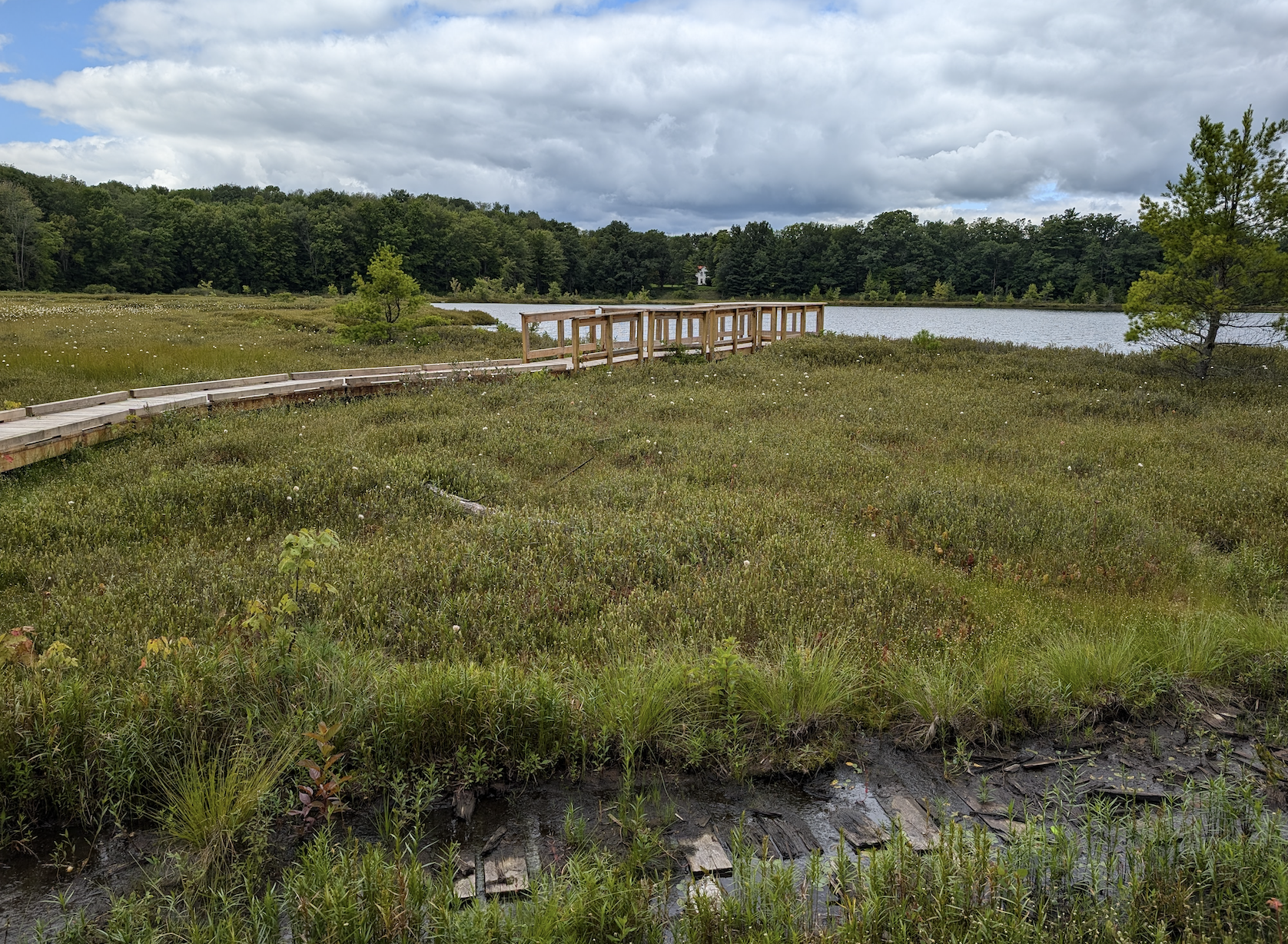

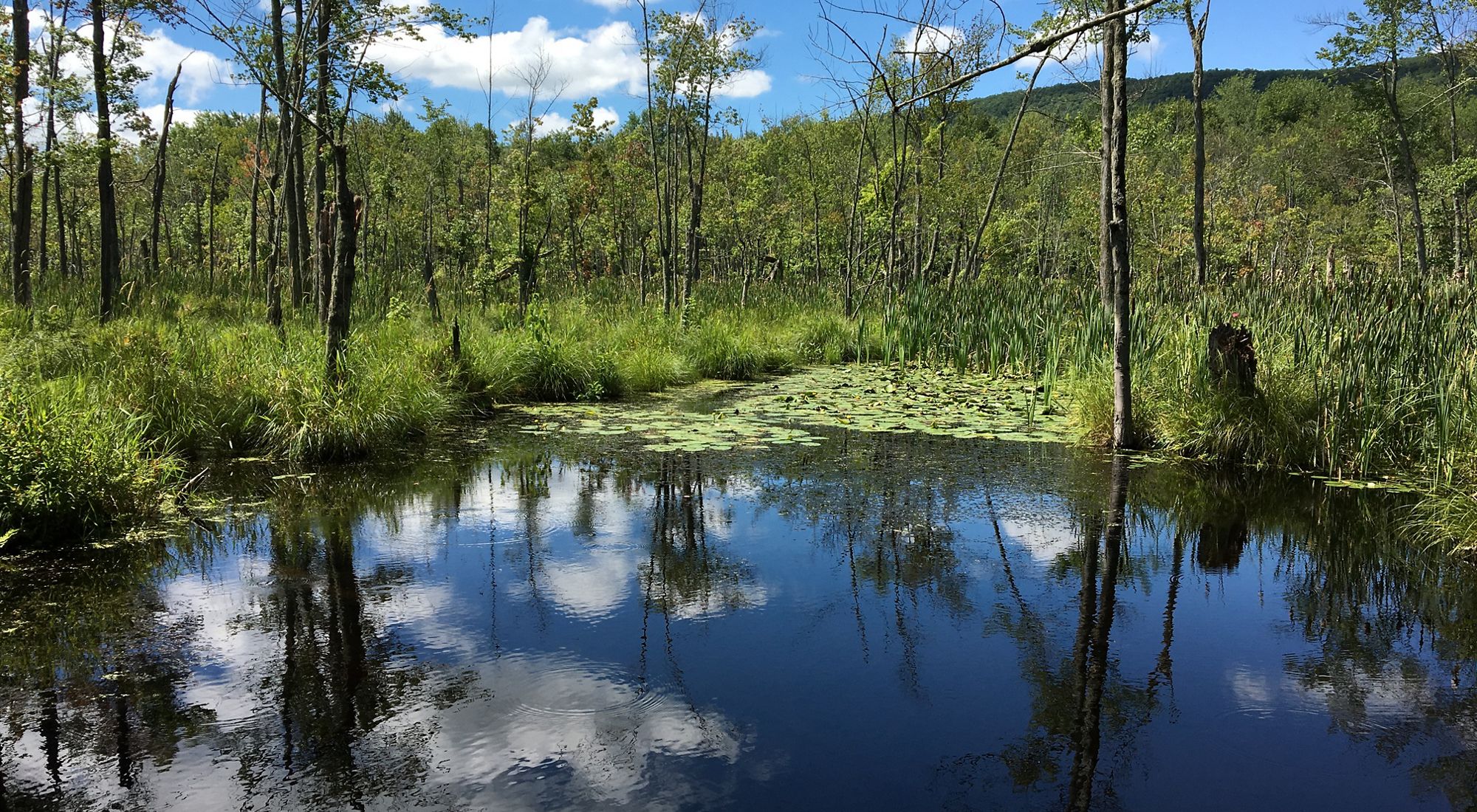
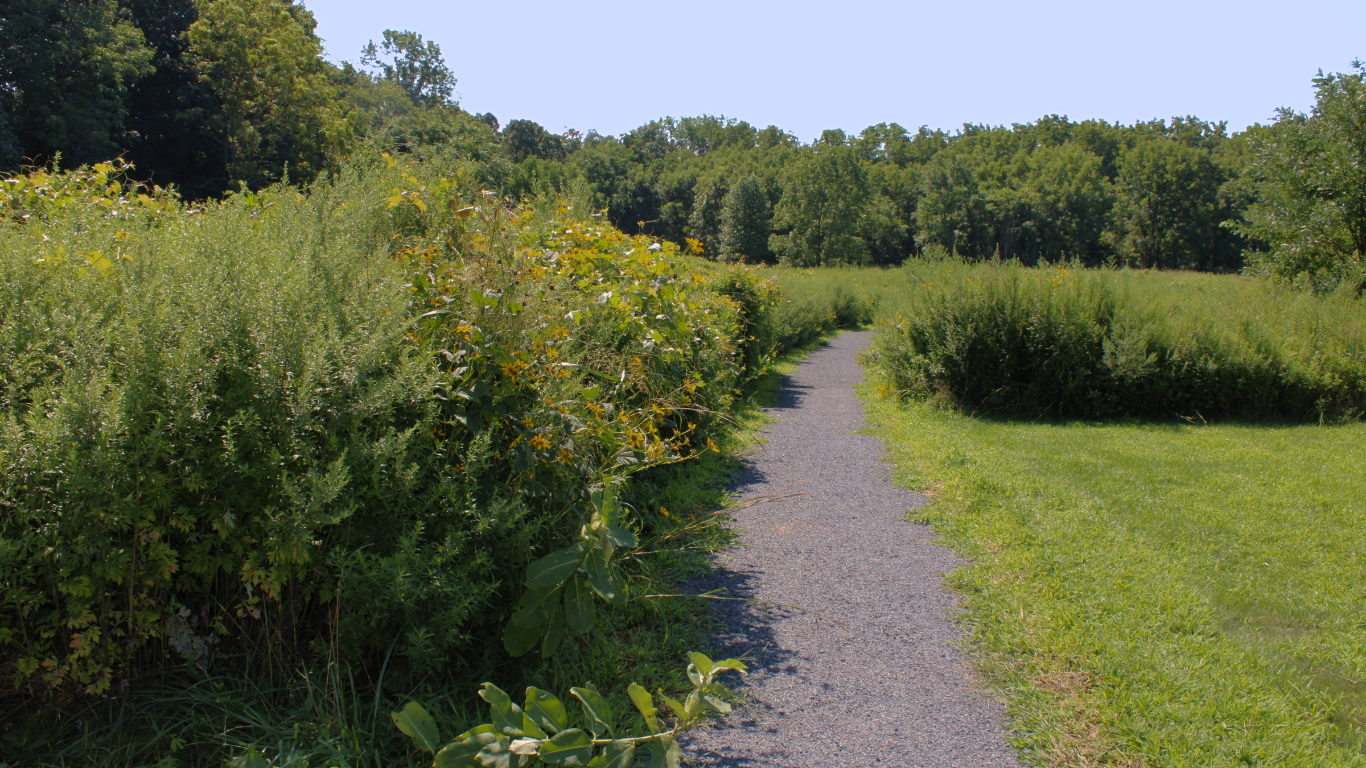
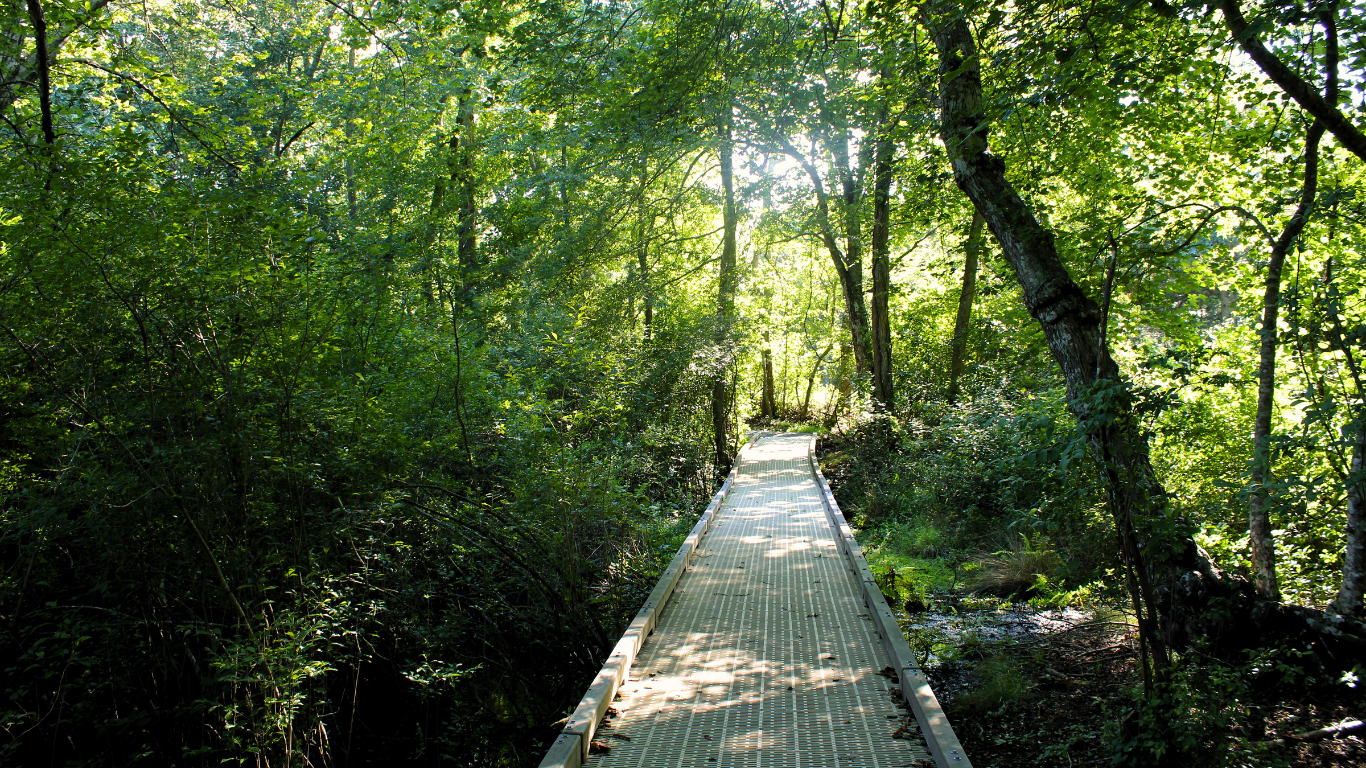
Accessible Mountain Biking
Adaptive mountain biking caters to a diverse range of people with disabilities, customizing bikes and trail experiences to individual needs, such as tandem bikes that accommodate blind riders with sighted partners and three-wheeled handcycle riders.
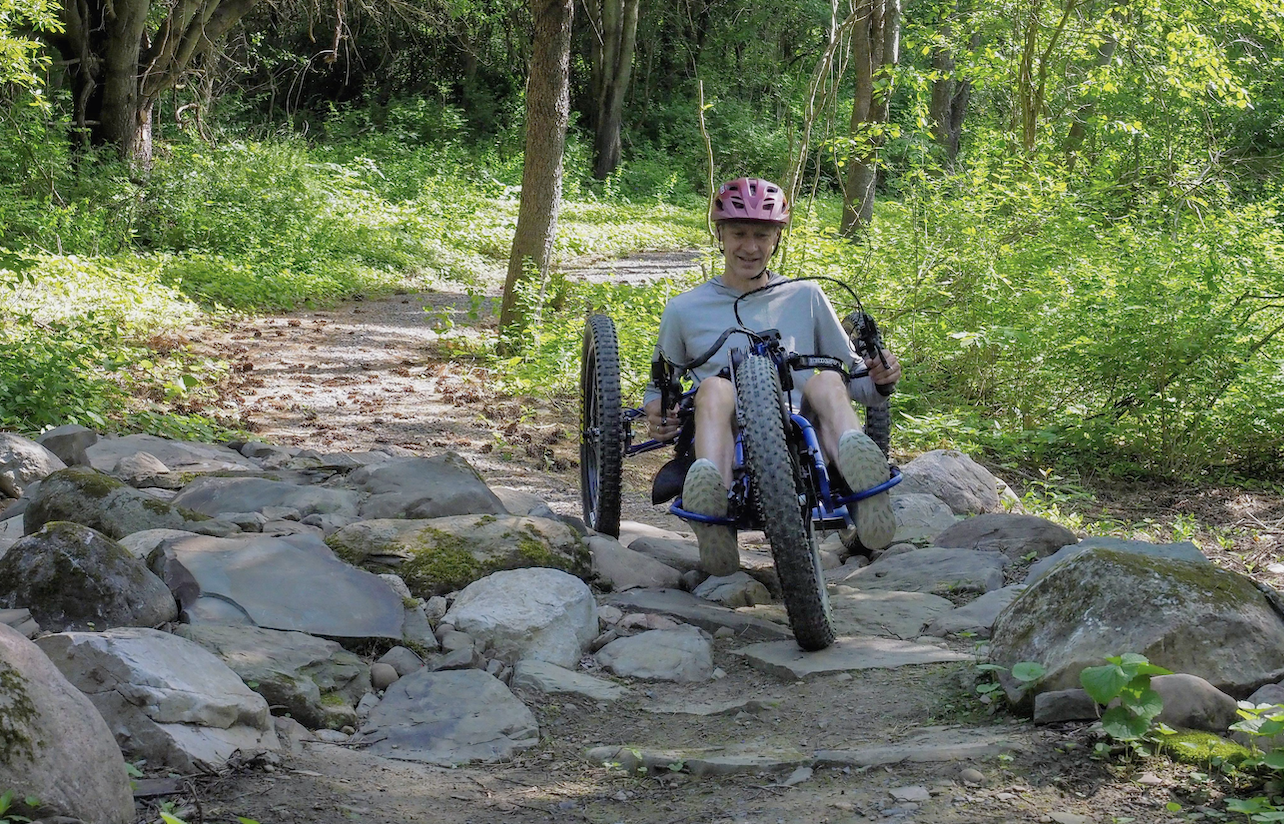
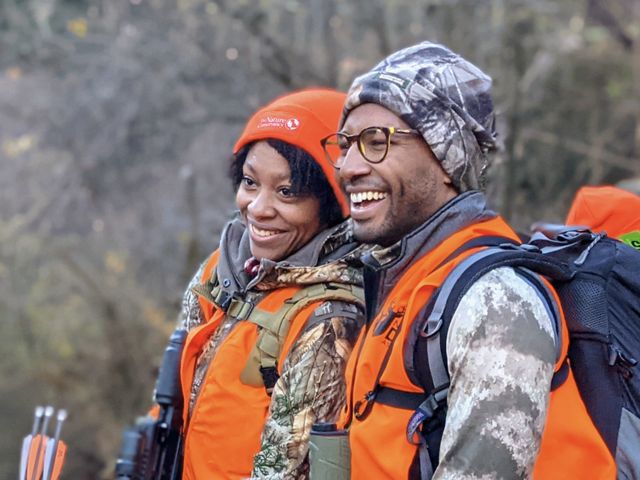
Nature Is For Everyone
The Nature Conservancy collaborates with organizations such as Latino Outdoors, Hunters of Color and Outdoor Afro on programming, especially from late-spring through fall. To see what’s coming up, check out our events page, or contact these organizations directly.
If you are interested in partnering with us, contact us at natureny@tnc.org
Support Our Work
Your support helps us continue to make nature accessible to everyone. By donating to The Nature Conservancy, you are helping to break down barriers and ensure that everyone can enjoy the beauty and benefits of nature.

